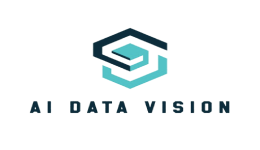Learning artificial intelligence requires a solid understanding of scientific knowledge and technical skills. AI spans various scientific disciplines, including computer science, mathematics, and statistics. Gaining insight into key concepts will equip you with the foundational knowledge needed to master AI.
In this article, we will simplify the essential mathematical skills that underpin AI, such as linear algebra, calculus, and statistics. Understanding these concepts is crucial for starting your learning journey in AI.
Mathematical Skills in Learning AI
Linear Algebra: This is crucial for data processing and representation algorithms. It helps in understanding how algorithms handle and operate on vectors and matrices.
Calculus: Differential and integral calculus are fundamental in AI for improving machine learning algorithms and enabling machines to recognize changes during model training.
Probability and Statistics: These skills help in understanding the nature of data during model training and assist algorithms in making predictions. They are essential for grasping data behavior and model performance.
Discrete Mathematics: This helps in analyzing and calculating probabilities, which aids AI models in making logical decisions in uncertain situations.
Graph Theory: Used as a tool in AI to ensure efficient performance and provide results that meet user expectations.
Numerical Analysis: Assists in understanding the stability of machine learning systems and monitoring their effectiveness and robustness.
Mathematical Modeling: In complex system modeling, AI technologies can learn system patterns and rules from large data sets, and apply this knowledge to image and speech recognition, time series analysis, and other areas.
Cost Function: During training, the cost function measures discrepancies between expected and actual values by adjusting model parameters repeatedly using optimization techniques like gradient descent. The cost function directs the model towards reducing errors and improving accuracy.

